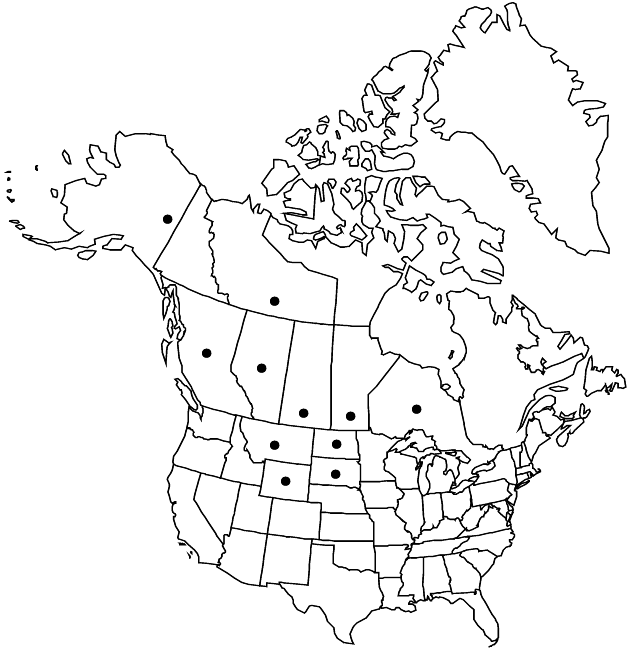Difference between revisions of "Senecio eremophilus var. eremophilus"
Endemic
Synonyms: Senecio glauciifolius Rydberg
Treatment appears in FNA Volume 20. Treatment on page 565.
imported>Volume Importer |
imported>Volume Importer |
||
| Line 50: | Line 50: | ||
|publication year= | |publication year= | ||
|special status=Endemic | |special status=Endemic | ||
| − | |source xml=https:// | + | |source xml=https://bitbucket.org/aafc-mbb/fna-data-curation/src/2e0870ddd59836b60bcf96646a41e87ea5a5943a/coarse_grained_fna_xml/V19-20-21/V20_1264.xml |
|tribe=Asteraceae tribe Senecioneae | |tribe=Asteraceae tribe Senecioneae | ||
|genus=Senecio | |genus=Senecio | ||
Latest revision as of 19:59, 5 November 2020
Heads 10–30(–40+). Calyculi: bractlets prominent (lengths of at least some to about 3/4 phyllaries). Involucres 7–10 mm diam. Phyllaries 6–8 mm, tips green or weakly, if at all, black. Ray corolla laminae 5–10 mm.
Phenology: Flowering late spring–early fall.
Habitat: Grassy or open, rocky sites
Elevation: 200–2300 m
Distribution

Alta., B.C., Man., N.W.T., Ont., Sask., Alaska, Mont., N.Dak., S.Dak., Wyo.
Discussion
Variety eremophilus may be expected as a casual weed or waif in the cooler portions of the flora. It has been reported as a waif in New York.
Selected References
None.
Lower Taxa
None.